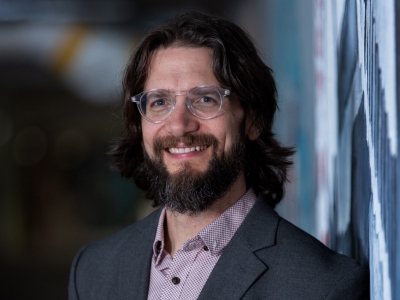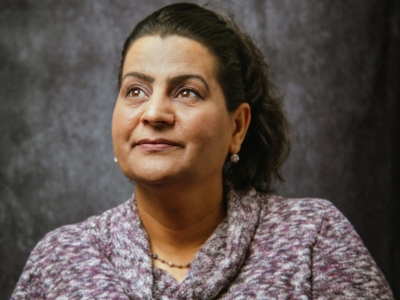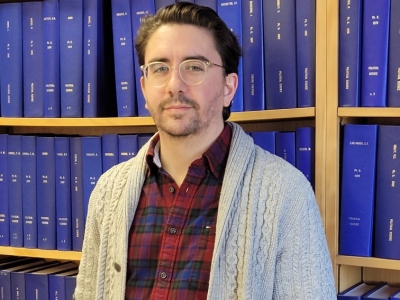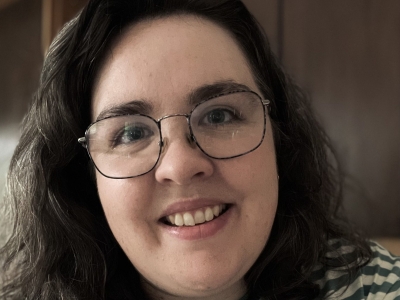
Joe Cressy (right) with fellow city councilor Mike Layton on a new bike lane on Toronto’s University Avenue. Photograph by Joan Wilson
Since first getting elected in 2014, Toronto city councillor Joe Cressy — a Bachelor of Public Affairs and Policy Management graduate from Carleton — has represented the downtown ward of Spadina-Fort York, championing affordable housing, expanded community services and safe cycling infrastructure. The latter has received a lot of press over the past few months as thousands of people took to two wheels for transportation and recreation. That work, and Cressy’s role as chair of Toronto’s Board of Health, has put him at the forefront of the city’s pandemic response.
With COVID-19, whether you’re a decision-maker or a front-line worker, it’s been like running up a down-bound escalator for months — you can’t stop or you will fall, so you just have to keep sprinting.
The pandemic has exposed many things, including the systemic underfunding of public health infrastructure. COVID-19 has been most fatal for people who are experiencing inequities such as inadequate housing or precarious employment. The social determinants of health — income, housing status, race and so forth — are more likely than anything else going to dictate who gets sick, who lives and who dies.
In the world of public health, we have been rolling this rock up the hill for years. The difference now is that some people are listening.
Could this be a transformational moment that we emerge from stronger and more resilient and finally address these vulnerabilities? It could, but I am not entirely sure. I think we might see some incremental improvements when more drastic change is required. I believe that coming out of this we will continue to roll that rock up the hill.
Going back to March, it was always a conversation of when not if Toronto would increase space to facilitate safe transportation options. At the time, the predominant advice was to stay home, but we knew that as things opened up, we would need to support active transportation, at which point the when kicked in — the need for an interconnected cycling and pedestrian network. More broadly, we know that we need to redesign our streets to move people safely.
That’s a 21st century objective for cities like Toronto separate and apart from COVID, whether it’s weekend closures of major streets or the establishment of 40 additional kilometres of cycling lanes to facilitate mobility for people who are travelling to and from work.
Going into Carleton, I had mostly been involved in community issues and protests, so the education I received around how policy change can take shape inside legislatures and the public service was very helpful. It was an exceptionally rich environment in terms of learning how to build coalitions and approach change.
In the context of Toronto city council, I’d be lying if I told you that suddenly there was a newfound consensus that cycling infrastructure is an overarching priority. Rather, I believe there was a consensus reached in the urgency of this moment.
I describe the art of changing the City of Toronto as radical incrementalism. Sometimes it can be slower than you want to go, but you’re ultimately heading in the right direction.
Tuesday, December 1, 2020 in News, Public Affairs and Policy Management
Share: Twitter, Facebook



